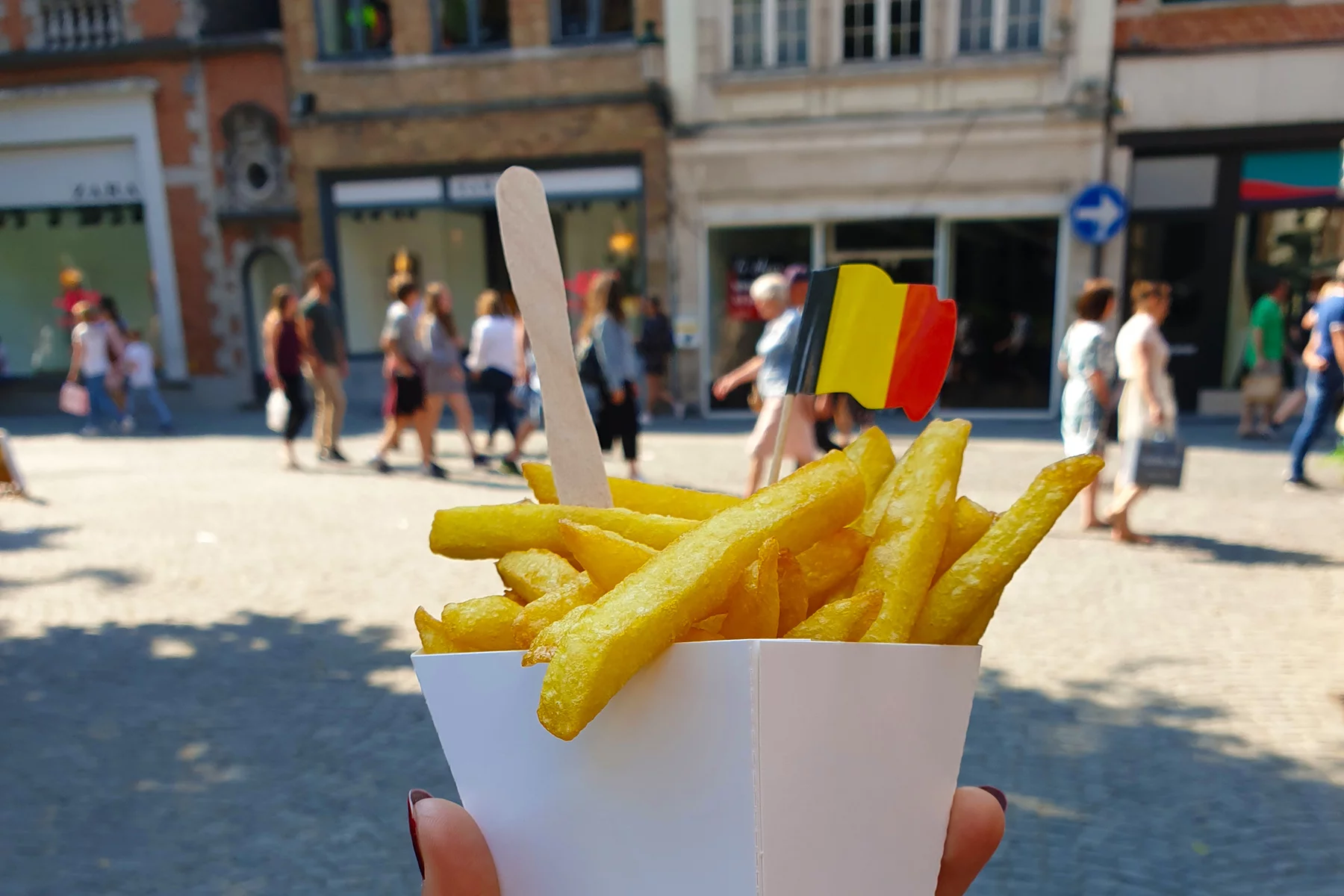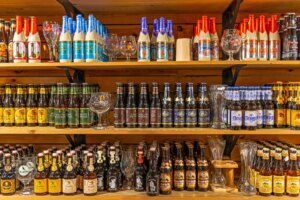Belgium may be small but when it comes to gastronomy, the country certainly knows how to pack a punch. Indeed, Belgian cuisine is revered for its mouthwatering dishes that marry quality ingredients with rich and intense flavors. And we’re not just talking about the nation’s world-famous chocolate, waffles, and frites. On the contrary, venture beyond these iconic treats to discover a diverse culinary world that encapsulates the flavors and cooking techniques of neighboring France, Germany, and the Netherlands.
To give you an idea of what delicious treats are in store, this complete guide to Belgian cuisine provides the following information:
Marley Spoon
Looking for some mealtime inspiration? Order a Marley Spoon recipe box today and take yourself on a culinary adventure. Marley Spoon offer a range of innovative and easy-to-make recipe boxes using the freshest seasonal produce and flavors from around the world. Take the hassle out of grocery shopping and order a recipe box from Marley Spoon today.
An overview of Belgian cuisine
Good, honest, hearty food prepared with expert craftsmanship is what Belgian cuisine is essentially all about. Whether you’re plowing through a mountain of hot frites straight from a roadside truck or tucking into an exquisite five-course meal at a Michelin-starred restaurant, these standards will apply in equal measure.
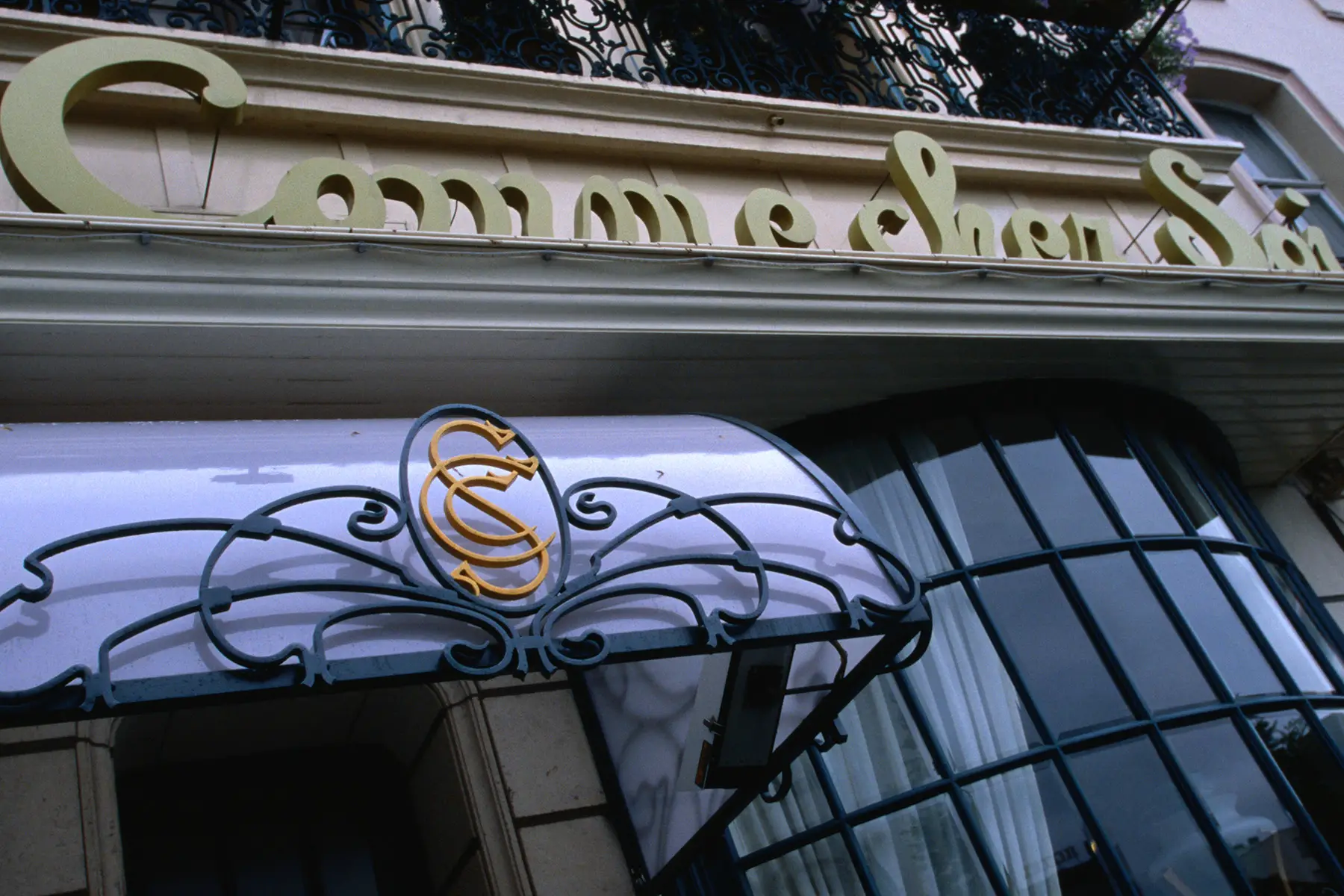
Belgian cuisine draws strong influences from French, German, and Dutch kitchens and is acknowledged as being among the best in Europe. In fact, it is sometimes said that Belgian food is served in the quantity of German cuisine but with the quality of French food. It is this unique and vibrant amalgamation of cultures that has, in part, earned restaurants across the country countless international awards. The 2021 Michelin Guide for Belgium, for instance, features 128 restaurants, of which 13 have received one or more stars for the first time.
Naughty but oh so nice
But it seems all that indulgence comes with a price. In 2019, Belgium ranked in 28th place in the Bloomberg Global Health Index of 168 countries. This is based on variables such as life expectancy, environmental factors, and health risks including malnutrition. However, given the nation’s love affair with beer, chocolate, frites, and other fried foods, this is perhaps not surprising. In comparison with the lighter Mediterranean diet that people enjoy in Spain and Italy, which came in first and second place, respectively, it is, therefore, fair to say that the Belgian diet is not a healthy one.
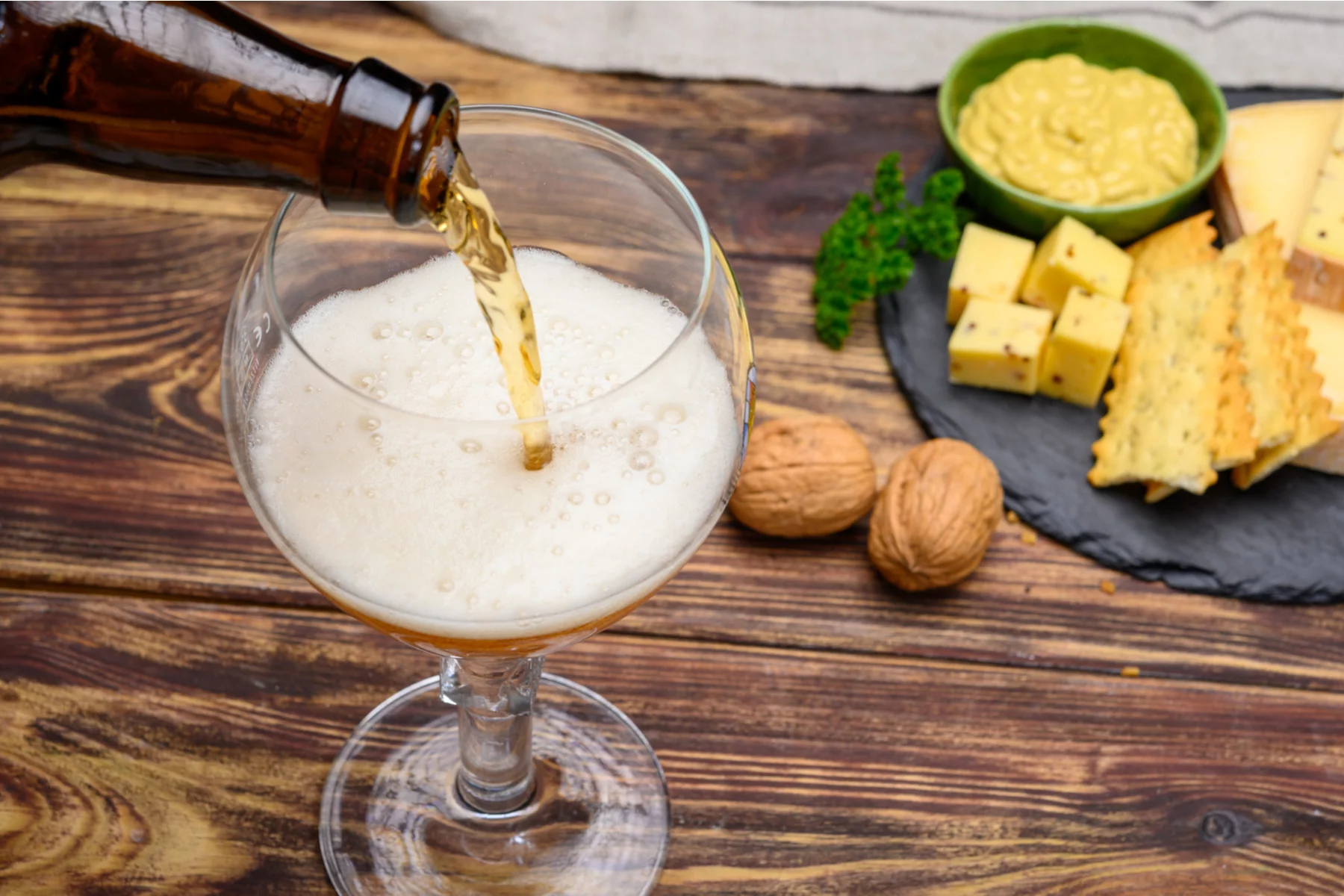
This isn’t helped by the fact that almost all Belgian dishes – including desserts – are typically washed down with a glass or two of wine or Belgian beer. Nevertheless, if you’re looking to seriously indulge your taste buds, then Belgian cuisine certainly won’t fail to hit the spot.
Regional differences in Belgian cuisine
Belgian food plays an important part in the country’s culture. And just as the nation is divided linguistically, it is also split in terms of cuisine. The Dutch-speaking region of Flanders, for instance, which lies in the north of Belgium, predominantly enjoys southern Dutch cuisine. The French-speaking Wallonia region in the south, meanwhile, is heavily influenced by French cooking. Indeed, many top-rated restaurants in the south are famous for their haute cuisine.
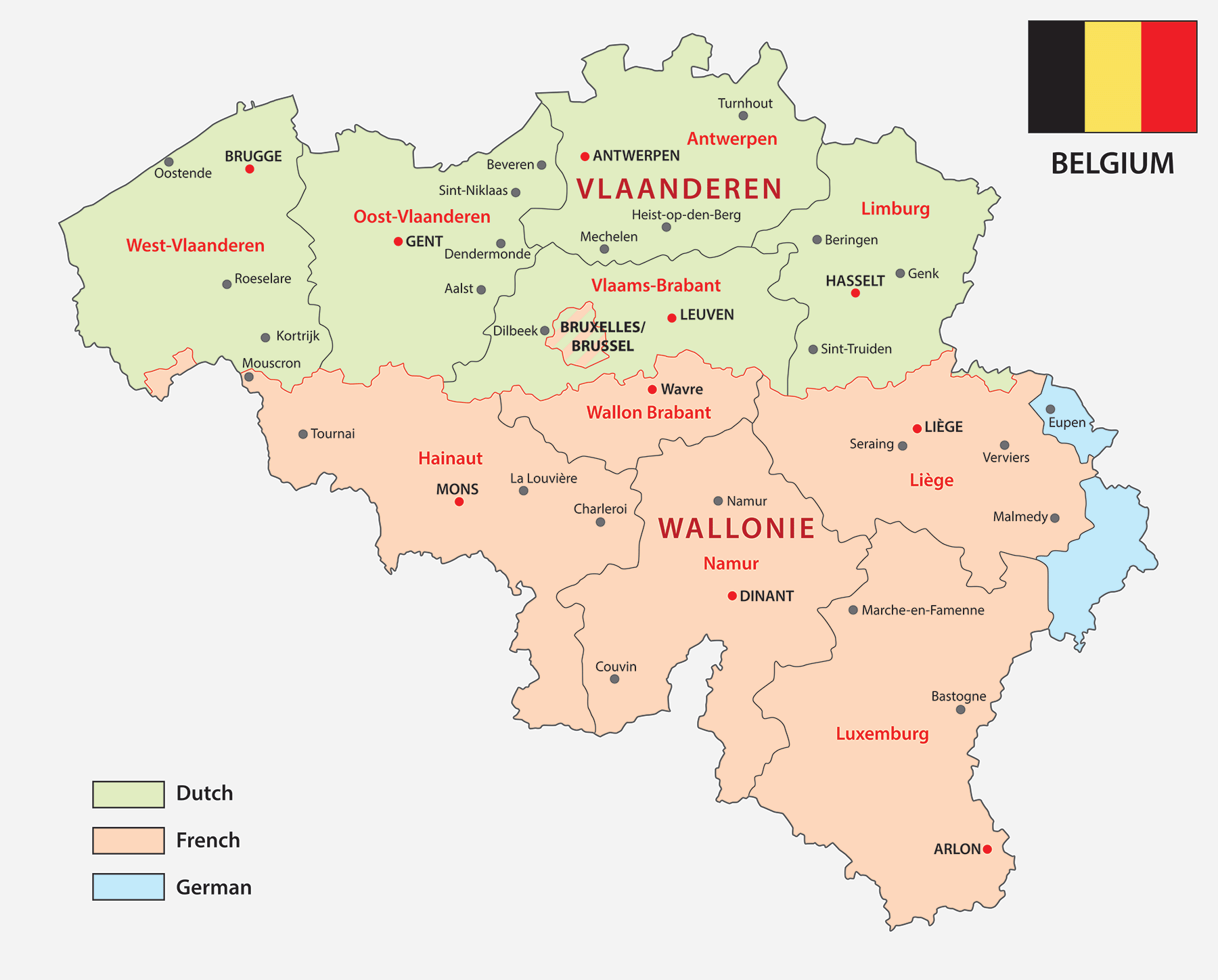
In addition to regional differences in Belgian cuisine, the country also has a plethora of dishes that are specific to certain areas. Take, for instance, the couque biscuit from Dinant, the tarte al d’jote from Nivelles, and of course, the waffles from Liège and Brussels. That said, despite the existence of well-known food origins, you will find many of these dishes throughout the whole country.
Traditional dishes from Flanders
Quality and authenticity are at the heart of Flemish cuisine, which focuses on using regional and seasonal ingredients to create hearty dishes that warm the soul. Some of the typical ingredients that you are likely to find in Flemish kitchens include potatoes, endives, asparagus, Brussels sprouts, and of course, mussels.
Some of the popular dishes that are distinct to this region include the following:
- Flemish hotch-potch – a simple dish consisting of boiled and mashed potatoes, carrots, and onions
- Stoemp – hailing from Brussels, this dish is made from mashed potatoes mixed with several other mashed vegetables and typically served with bacon, sausage, or stewed meat
- Flemish stew – also known as carbonnades flamandes (which literally means ‘Flemish stew’) this delicious beef stew is cooked in beer and served with a crisp green salad, roasted potatoes, or Belgian fries
- Vol-au-vent – literally meaning ‘windblown’ in French, this light dish consists of baked puff pastry batter filled with a chicken, meatball, and mushroom sauce
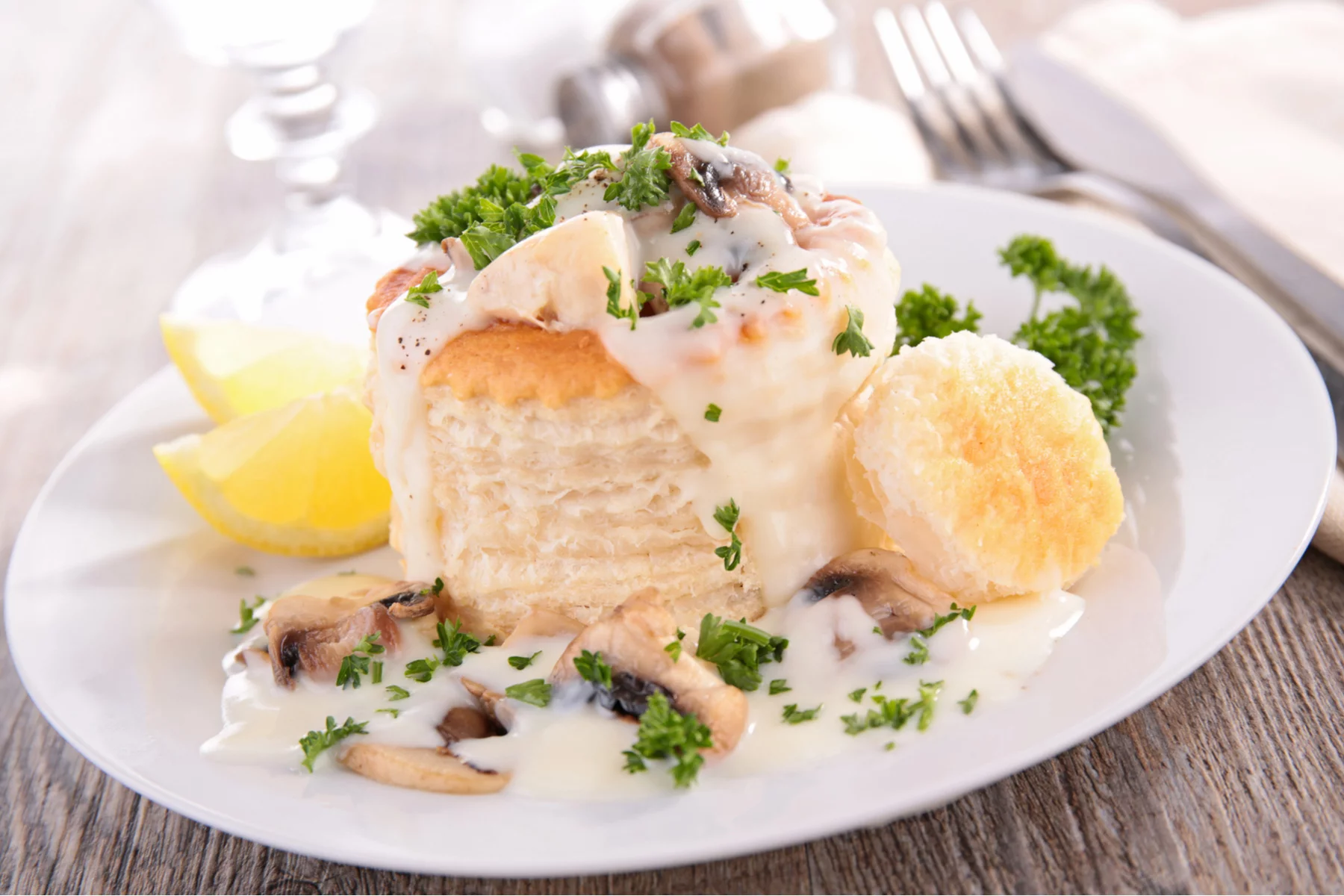
And for dessert? Well, Belgian chocolate mousse of course. After all, the country does produce some of the finest chocolate in the world, which makes for one perfectly creamy, airy, and delicious national dessert.
Traditional dishes from Wallonia
Unlike Flemish cuisine, which centers on fairly simple Dutch-inspired recipes, Wallonian food is all about rich sauces and delicate meats and is influenced by the French. Many of the region’s recipes also call for wine and beer-based sauces, which add an extra depth of flavor to the finishing dish.
Here are just a few of the traditional culinary delights that you can expect to find on tables across Wallonia:
- Boulets à la Liégeois – hailing from the city of Liège, these tasty meatballs are served with a rich mixture of beef stock, spices, and sirop de Liège; a syrup made from apples and pears
- Lapin à la Tournaisienne – this traditional dish from Tournai consists of a whole rabbit slowly cooked with onions, raisins, prunes, herbs, and sometimes, dark beer
- Tarte al d’jote – this specialty savory tart from the city of Nivelles is made from cow’s milk cheese, chard, onions, butter, eggs, parsley, and pepper, and dates all the way back to the 13th century
- Mitraillette – literally translating as ‘submachine gun’ in French, this substantial baguette sandwich, which is believed to have originated in Wallonia, is loaded with fries, meat, and mayonnaise
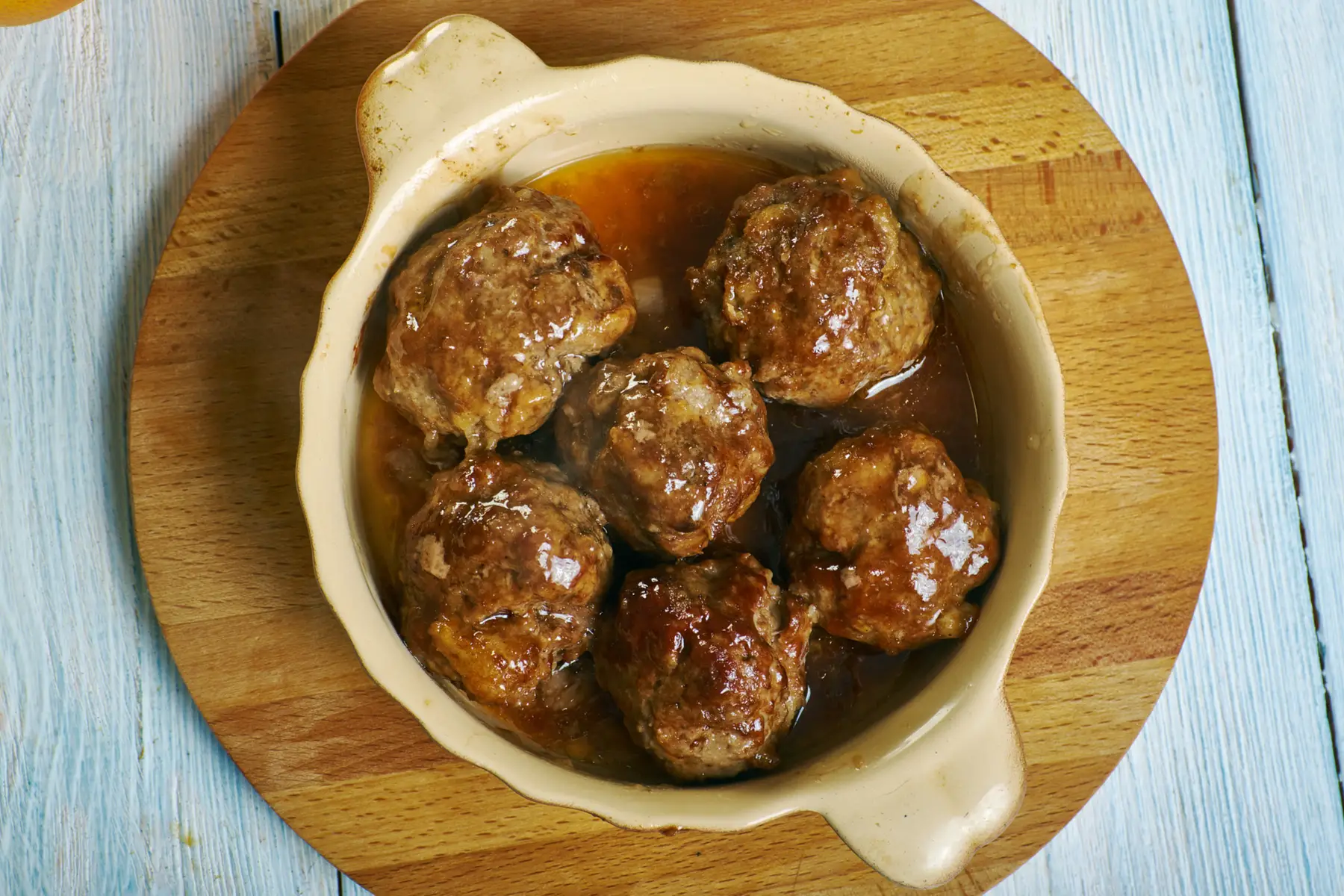
While there are many tempting desserts to try in Wallonia, the Liège waffle is perhaps the most iconic. Also known as gaufres de chasse (hunting waffles), these are made of brioche bread dough mixed with pearl sugar that caramelizes when baked. This gives it a unique flavor and a dense, chewy finish which is made even more delicious with a scoop of ice cream.
Mealtimes in Belgium
Traditionally, Belgians eat four meals a day. This consists of a light breakfast, a medium lunch, an afternoon snack, and a large dinner. Below is an overview of what you might expect to find on tables across the country at these particular times of the day.
Breakfast in Belgium – Le déjeuner or ontbijt
Breakfast is called ontbijt in the Flemish region of Belgium and le petit-déjeuner (French) in Wallonia and the Brussels-Capital Region. Similar to other European countries, Belgians typically enjoy this from between 06:00 and 08:00 on weekdays and slightly later on weekends. Most people tend to eat some form of delicious cake or pastry for breakfast. For example, this might be a croissant or pain au chocolate. They might also have some bread with cheese, jam, or honey.
Whatever they tuck into, however, there will almost certainly be a cup of coffee on the table as this remains the most popular breakfast drink. This is usually served with either hot milk (café au lait) or a small pot of milk on the side. Children, meanwhile, might eat a small sandwich filled with cream cheese or Nutella; along with plain or chocolate milk, or orange juice.
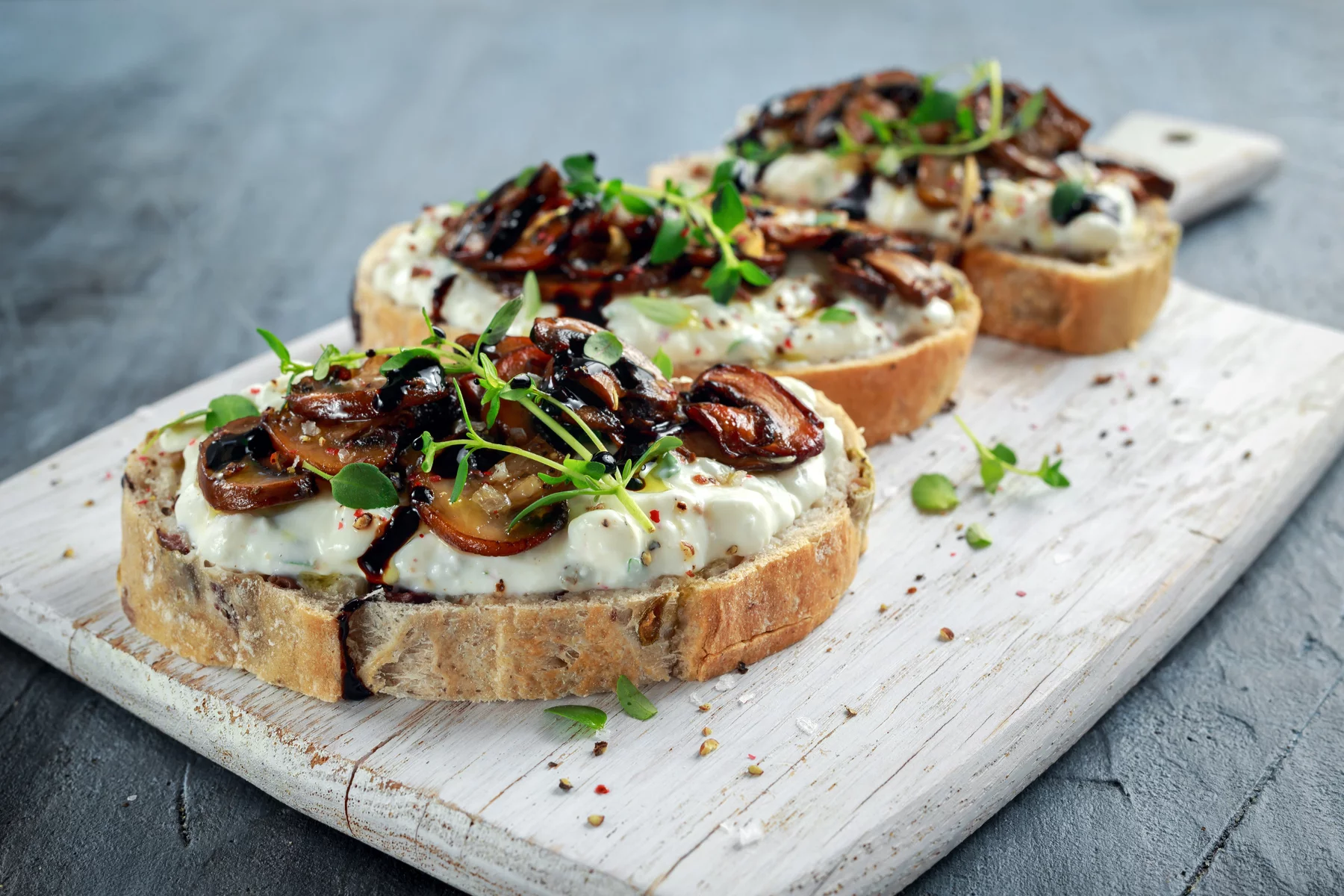
On the weekends, however, Belgians tend to take more time to enjoy an extensive leisurely breakfast. In fact, research suggests that 60% choose to indulge in a brunch. During this time, they might enjoy a tasty tartine. This is essentially an open sandwich that usually contains butter and jam, or soft cheese and vegetables with herbs. And because of France’s influence on Belgian cuisine, French toast is another popular breakfast option. On Sundays, many people also wake up early to go and buy freshly-made croissants and bread rolls from their local bakery.
Lunch in Belgium – Le diner or lunch
In the Flemish region of Belgium, lunch is simply called lunch. However, in the French-speaking regions, the word for lunch is le dîner, not le déjeuner as you might expect. This might cause some confusion given that this term actually means dinner in French. But don’t worry – lunch is still very much a thing in Belgium. People usually enjoy having it between 12.00 and 14:00 during the week and employees will often bring a picnic to work; rather than dine at a local café or restaurant.
This might consist of slices of buttered bread with cheese or meat (similar to the Dutch boterham) or a more substantial sandwich filled with charcuterie, cheese, and vegetables. Warm leftovers from the night before are another popular option.

Nowadays, however, many people choose to buy salads from the local supermarket if there is no cafeteria in their office building. Those who do enjoy a warm meal for lunch will likely opt for sandwiches for dinner at home. Those who eat sandwiches or salad for lunch, on the other hand, will probably enjoy a proper meal in the evening. Like in all countries, though, it really comes down to personal preference and lifestyle.
Snacks in Belgium
Generally speaking, most Belgians like to snack between lunch and dinner and the most common option is undoubtedly frites. These are served almost everywhere throughout the country, from stalls (frietkot) to cafés and even restaurants. They typically come piping hot with a sprinkling of salt or dollop of mayonnaise, or one of the many other frites sauces available from vendors.

Those with more of a sweet tooth, on the other hand, might prefer a cheeky Belgian waffle. There are two main varieties to choose from; the harder, chewier Liège waffle or the fluffier Brussels waffle that’s often served with all kinds of toppings. These include everything from jam and honey to fruit, chocolate, and whipped cream. Whichever you choose, your sweet tooth will definitely thank you!
A more substantial snack, however, might be mussels (moules in French or mosselen in Dutch). These can be cooked in a variety of ways and are usually served with chips. Furthermore, many fish shops along the north coast of Belgium sell various seafood baguettes. You will also find a variety of sausages – including the German-inspired black pudding (bloedworst) – on street stalls in the north. Needless to say, when it comes to snacking in Belgium, you’re certainly won’t be short of delicious options.
Dinner in Belgium – Le souper or avondeten
In French-speaking Belgium, the word for dinner is le souper, which sounds similar to ‘supper’ in English. In the Flemish region, however, this is called avondeten. However, unlike the Dutch who generally enjoy an early dinner at 18:00, Belgians tend to eat a little later, between 19:00 and 20:00.

Dinnertime is generally when Belgians like to relax and socialize while indulging in a selection of hearty dishes. Again, depending on where you are in the country, this could be a heart-warming stoemp (potato and vegetable mash), a tangy Gentse waterzooi (a rich chicken or fish soup-like stew), or lapin à la Tournaisienne (rabbit slowly cooked with onions, raisins, prunes, and herbs). And, if you still have room after that, you might treat yourself to a tasty Belgian dessert such as a stofé, appelflap, or Belgian chocolate mousse.
Popular ingredients in Belgian cuisine
Because Belgian cuisine is so culturally diverse, it manages to incorporate a wide variety of ingredients. This applies to everything from meats and dairy products to vegetables, fruits, and other major food groups.
Allianz Care
Moving country doesn’t just mean a change of scene – your diet usually changes, too. Trying new recipes, dining out, and experiencing another country’s cuisine is exciting, but what about your digestive system? Read Allianz’ report on their Expat gut health survey to understand how moving abroad affects nutrition.
That said, the most common ingredients that you are likely to come across will largely depend on which region you are in. After all, the French-inspired recipes of the Wallonian region are quite different from the Dutch-influenced ones in Flanders. In addition to this, many ingredients used in Belgian cuisine are specific to certain areas and regions of the country.
Meats in Belgium
Due to its many cultural influences, Belgian cuisine calls for a wide variety of meats, including everything from beef and pork to sheep, chicken, and even rabbit. That said, pork remains the most consumed meat, with the country eating around 38 kilos of it per capita in 2019. This is followed by poultry (14.6 kilos), beef and veal (14.3 kilos), and game and rabbit meat (4.1 kilos). Interestingly, even horse meat made it onto the list of the most consumed meats in 2019; although only 0.5 kilos were eaten that year.

In terms of food origins, the Ardennes in the Wallonia region is well known for its cured ham, which is similar to Italian Parma ham. Other meat products hailing from the region include a range of pâté; made from beef, pork, beef, liver, and kidney, and game (gibier). Ganda ham, meanwhile, is a popular Flemish dry-cured ham that is produced in the city of Ghent.
Seafood in Belgium
Unsurprising, mussels are an incredibly popular choice of seafood in Belgium. In fact, the country consumes around 30 million tons of them as moules frites every year; that’s 3kg per person! Interestingly, many of these actually come from mussel farms in the Zeeland region of the Netherlands. Other popular seafood options include salmon and cod, followed by prawns, sole, tuna, and trout. Sole actually features in one of Belgium’s most famous fish dishes, sole meunière. Here, the word meunière translates as ‘miller’s wife’ and refers to the way she would dip the fish in seasoned flour before pan-frying it in butter.
Although it is not as commonly eaten, the traditional Flemish dish, Paling in’t groen – which translates as ‘eels in the green’ – originates from Belgium. Fishermen used to catch the eels in the Scheldt River, between Dendermonde and Antwerp, and prepare the dish with whatever fresh herbs they found along the riverbanks.
Vegetables in Belgium
On average, Belgians consumed roughly 5.5 kilos of tomatoes in 2019, making it the most popular vegetable in the country. This is hardly surprising given that so many sauces, such as those used in stews and to accompany meatballs, are made from a tomato base.
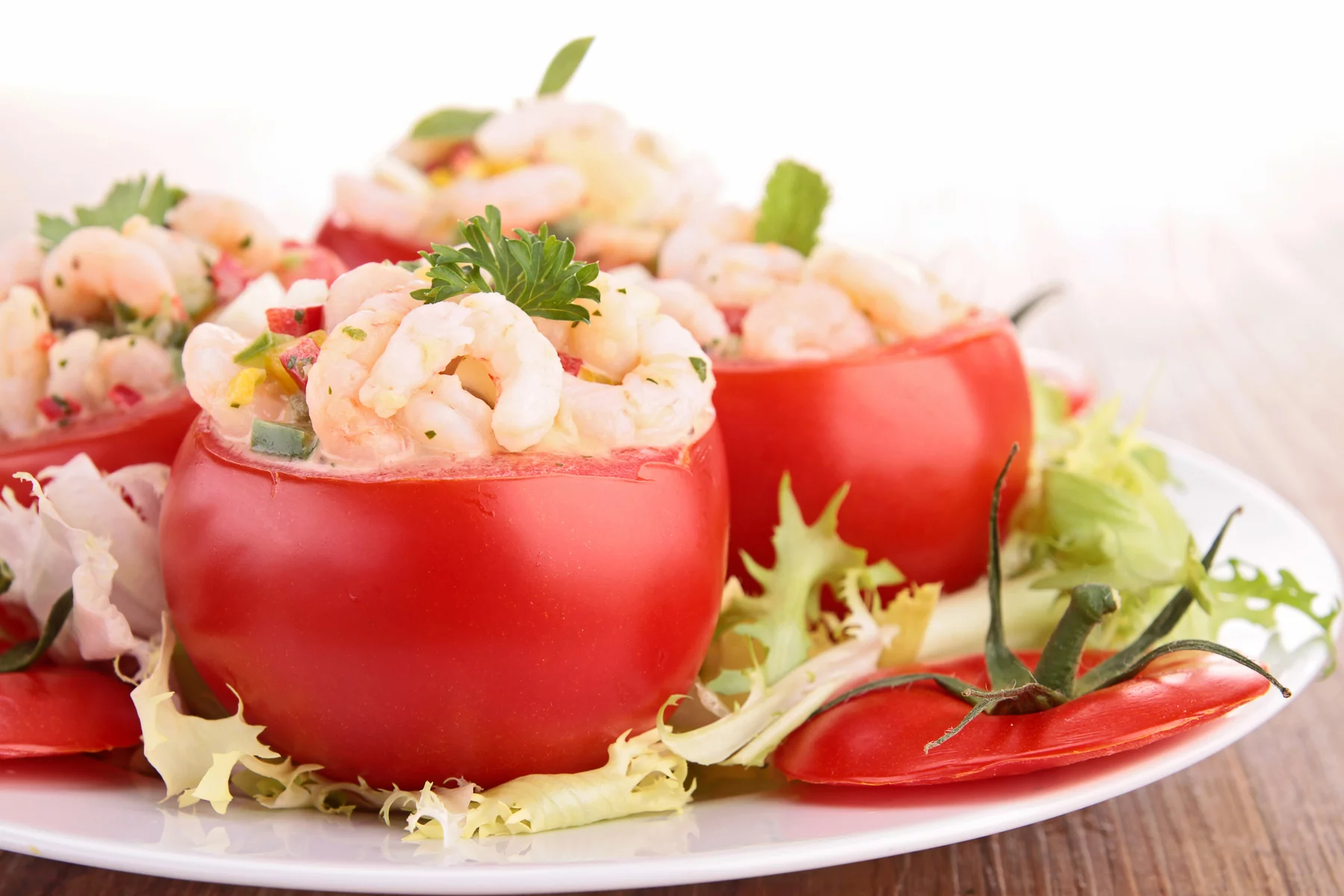
One popular tomato-based Belgian specialty is tomates aux crevettes, which is essentially tomatoes stuffed with shrimp. This can be enjoyed as either a starter or a main course. Other popular veggies include carrots (5.03 kilos), onions (3.87 kilos), chicory (2.82 kilos), and lettuce (2.16 kilos).
Fruit in Belgium
According to statistics, bananas are the most popular fruit in Belgium, accounting for a per capita purchase volume of 7.5 kilos in 2019. This is followed by apples (7.33 kilos), oranges (6.01 kilos), and mandarins and tangerines (3.58 kilos). Melons and pears are also popular, with the average Belgian buying nearly 2.5 kilos and 1.8 kilos of the fruit, respectively. In fact, since 2012, Belgium has been producing more pears than apples, amounting to 332,158 tonnes of them in 2019/2020.
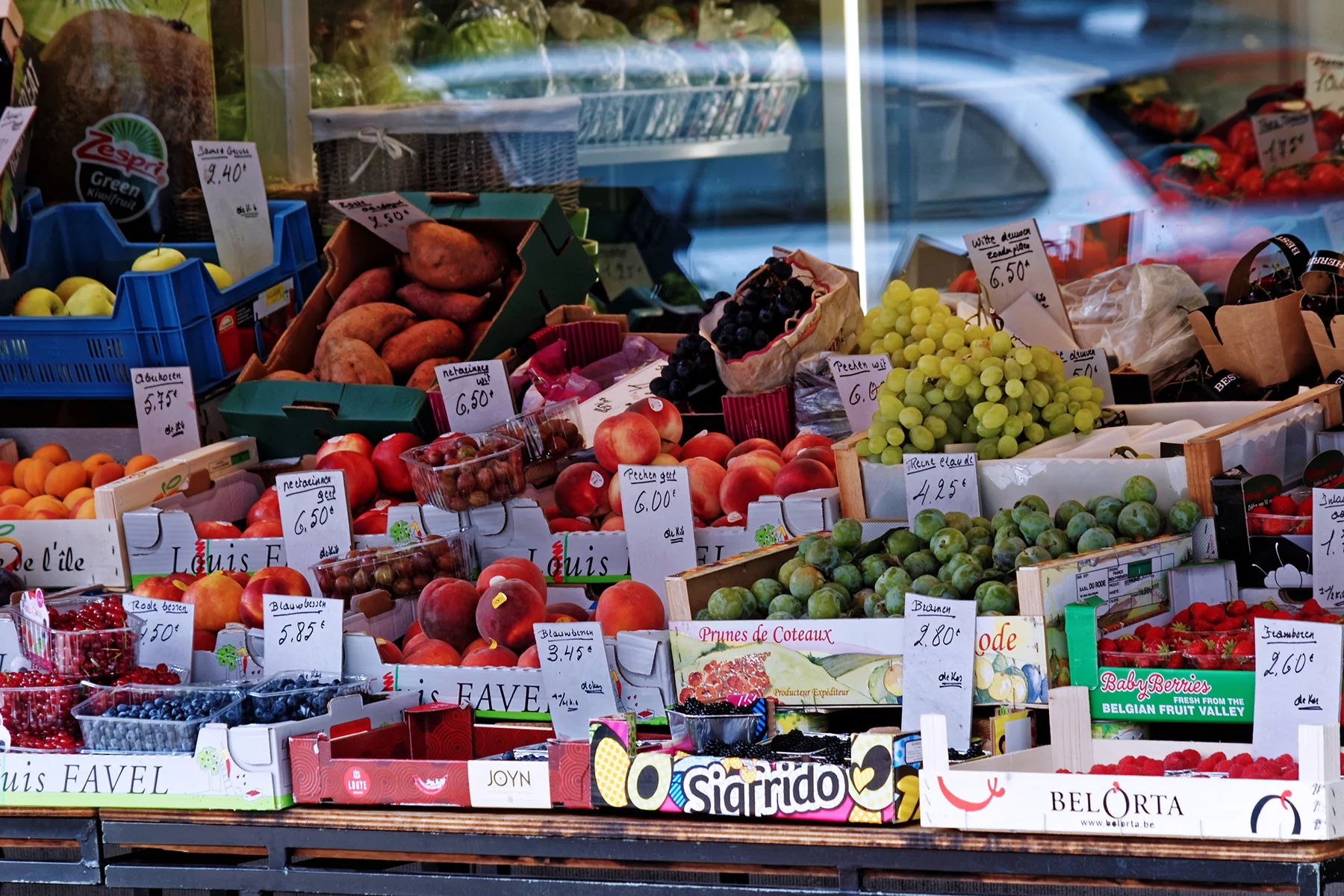
The export of strawberries from Belgium has also risen sharply (by 17%) compared to 10 years ago. The Netherlands is the country’s most important market (29% in 2019), followed by France (20%) and the United Kingdom (19%). Despite this promising data, however, it appears that sales of fresh fruit in Belgium are slowly on the decline. Indeed, only €119 was spent per capita in 2019, which was lower than in previous years.
Cheese and dairy products in Belgium
Unlike their French neighbors, Belgians appear to be eating less cheese each year, too. Statistics show that the volume consumed per capita in the country decreased from 11.3 kilograms in 2013 to 11.1 kilograms in 2017. Furthermore, according to predictions, this decline will continue with Belgians eating approximately 10.6 kilos per person per year by 2022.
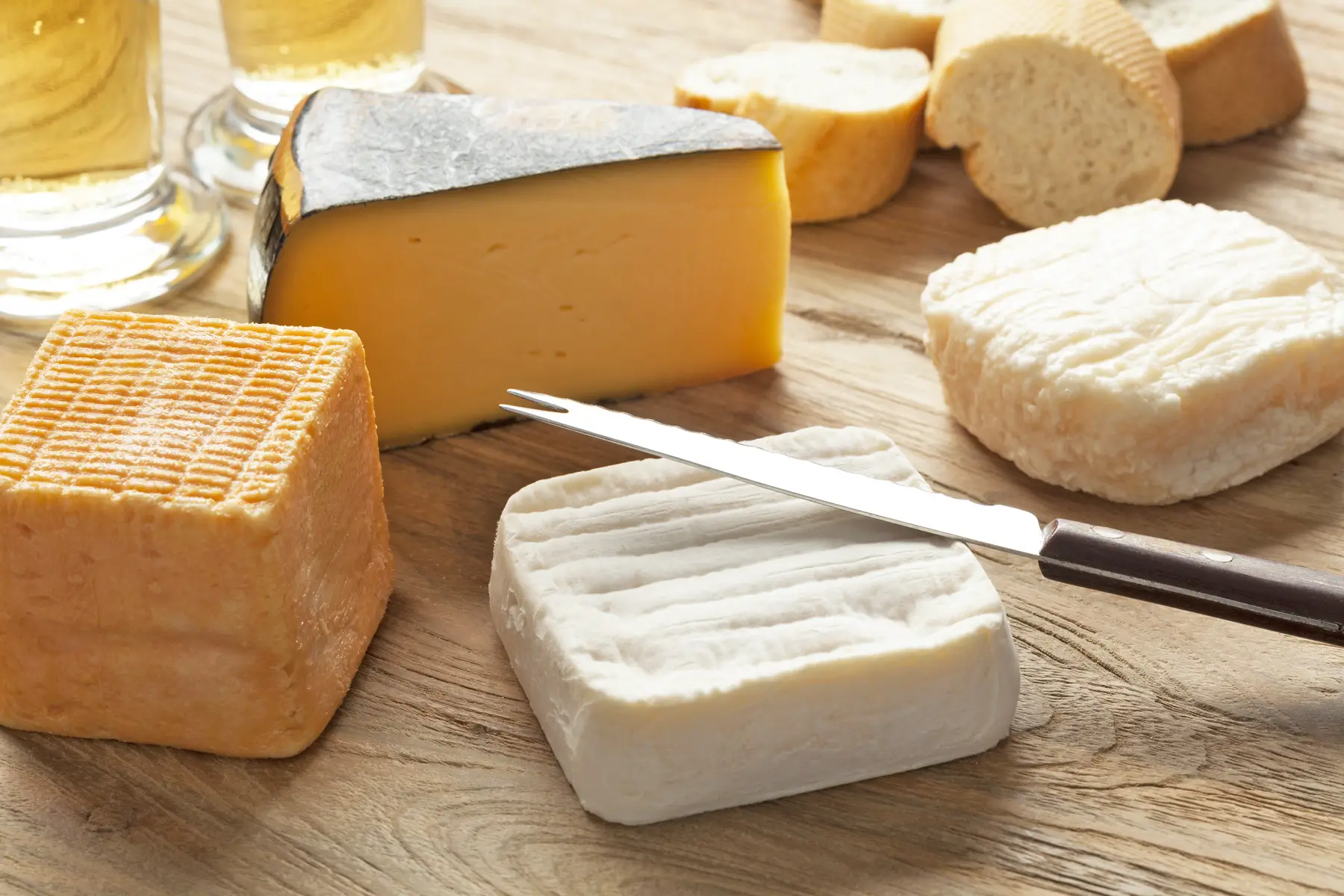
Despite this decline, the most popular types of cheese in Belgium include Remedou; a Belgian hard cheese made from cow’s milk, Bouquet des Moines; a semi-soft cheese that originates from the Val-Dieu Abbey, and Postel; invented by monks at the Abbey of Pastel. Fromage de Herve is another popular soft cheese that is made from raw or pasteurized cow’s milk and produced in the Pays de Herve region.
Sauces and condiments in Belgium
Mayonnaise and tomato ketchup are the two most popular types of sauce and condiment in Belgium. This is perhaps unsurprising given the popularity of fries across the country. That said, frites stalls and shops often offer a wide variety of other sauces to choose from, too. Below are some of Belgium’s most popular sauces and condiments:
Mayonnaise-based sauces
- Aïoli – garlic mayonnaise
- Sauce andalouse – made from mayonnaise with tomato paste and peppers
- Sauce Américaine – mayonnaise with tomato, chervil, onions, capers, crustacean stock, and celery
- Curry mayonnaise – mayonnaise mixed with either ginger, turmeric, cumin, or hot chili peppers
- Tartar sauce – mayonnaise, chopped pickles, capers, and herbs such as tarragon and dill
Tomato ketchup-based sauces
- Cocktail sauce – made from tomato ketchup, horseradish, lemon juice, and hot sauce
- Curry ketchup – a spicy version of tomato ketchup that uses curry powder to give it an extra kick
Egg yolk-based sauces
- Béarnaise sauce – made from clarified butter emulsified in egg yolks and white wine vinegar and flavored with herbs
- Hollandaise sauce – also popular in Dutch and French cuisine, this consists of an emulsion of egg yolk, melted butter, and lemon juice, seasoned with salt, white pepper, or cayenne pepper
Other sauces
- Sauce lapin – made from Sirop de Liège (apple and pear syrup), raisins, onions, prunes, and cloves
Fortunately, you can buy most of these sauces in supermarkets throughout Belgium and use them in a variety of dishes, saving yourself a little time in the kitchen.
The most famous Belgian dishes
Belgian boasts numerous delicious dishes that have helped put the country on the foodie map. However, there are certain crowd-pleasers that you will almost certainly come across on any restaurant menu in the country.
Moules frites
The most famous of these is undoubtedly moules frites. These are essentially mussels cooked in a variety of rich and flavorsome sauces, served with thick Belgian fries (frites in French or frieten in Dutch). While there are many recipe variations, the most common way to cook them is in white wine with shallots, parsley, and butter (la marinere). If beer is your preference, however, then you can always replace the wine with a delicious Belgian beer base. Whatever sauce you opt for, though, moules frites is always paired with Belgian fries on the side. The perfect comfort food, it’s no wonder Belgians consume a whopping 30 million tons of this each year!

Carbonade flamande (or Flemish stew)
Although there are many variations on this hearty sweet and sour steak and ale stew, most recipes include beef, rich dark beer, bread, onions, salt, pepper, herbs (such as bay and thyme), and spices. If you’re feeling particularly indulgent, though, you can always add red wine or even dark chocolate into the mix! Often passed down through the generations, this slowly cooked, tender dish is typically served with frites, boiled potatoes, noodles, salad, or veggies – and of course, more beer!
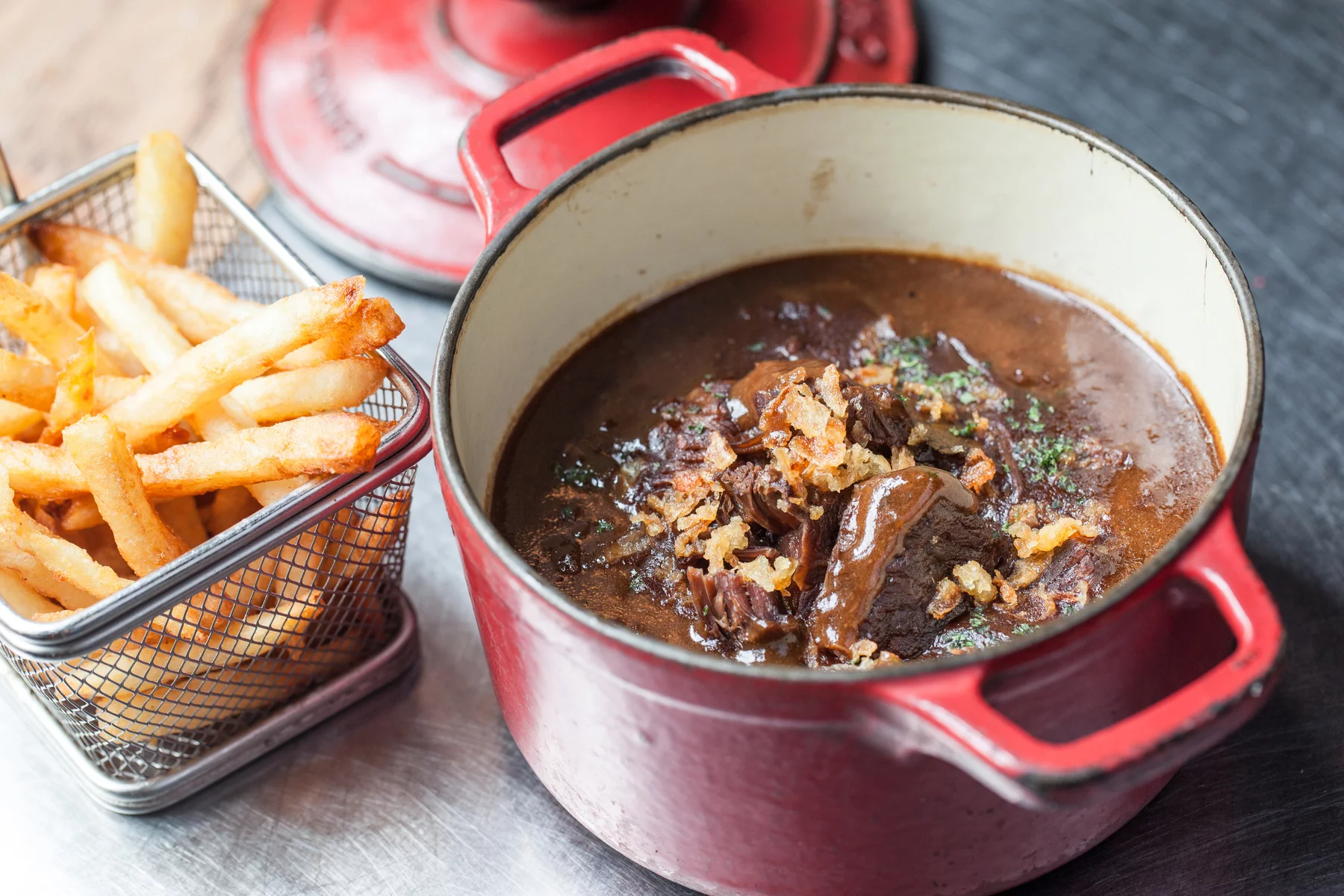
Sole meunière
If you prefer fish to red meat, then sole meunière is Belgium’s classic fish dish which is sure to satisfy your appetite. The recipe involves dipping fish in seasoned flour before pan-frying it in a small amount of butter. You then add lemon juice and chopped parsley to make a rich brown butter sauce. This wonderfully tangy dish is typically served with frites or boiled or mashed potato; and of course, a glass of wine or Belgian beer.

Stoemp
Few Belgian dishes are as comforting as stoemp. Similar to Dutch Stamppot, this simple dish consists of mashed-up potatoes and other mashed vegetables such as endive, kale, onions, carrots, turnips, spinach, and Brussels sprouts. Belgians typically eat it with bacon, sausage, beef, boudinblanc (fried pork sausage without the blood), or noir (black sausage). Some people also like to add cream or milk to the mix to create extra smoothness. Perfect for warming up on a cold winter’s eve, the simple yet delicious stoemp remains one of Belgium’s favorite dishes.

Still hungry? Check out our article on the top 10 Belgian foods, along with recipes to try at home.
Special meals in Belgium
Belgium has a range of special meals and treats that people enjoy at particular times of the year to mark certain occasions. Below are some of the most traditional ones that you may come across in Belgium.
Traditional Belgian Christmas dinner
Unlike in some European countries, Belgian families usually enjoy their main festive feast on Christmas Eve, rather than Christmas Day. They also exchange gifts afterward. A traditional Belgian Christmas dinner consists of a three-course meal that starts with appetizers or a soup. The main dish is usually turkey, chicken, or seafood served with potato croquettes.
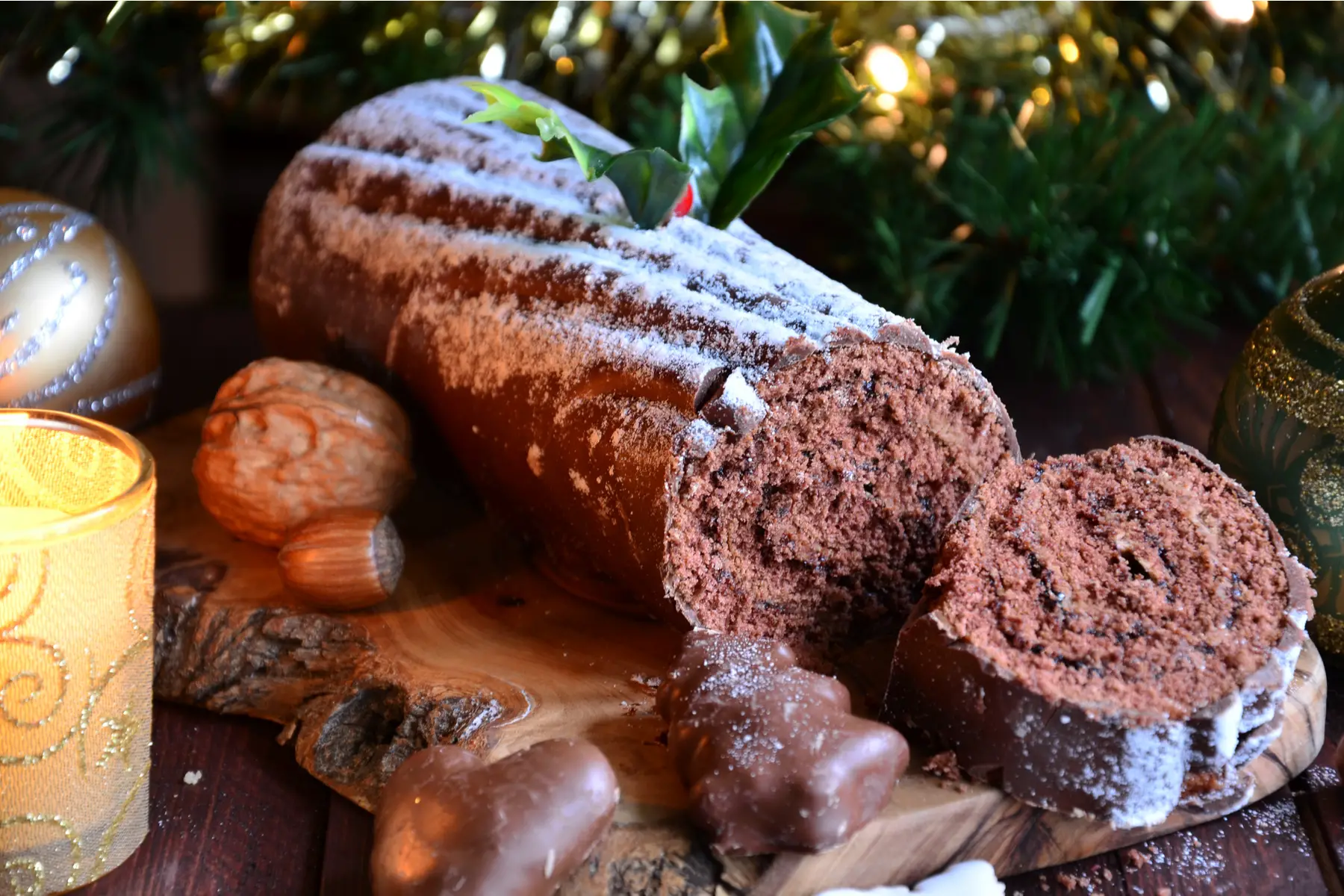
Cake is usually eaten for dessert, with the Yule log (bûche de Noël in French and Kerststronk in Dutch) being a popular choice. This is essentially a delicious chocolate-covered sponge cake made to look like a wooden log.
Couque de Dinant
During the festive season, children feast on a variety of different shaped biscuits called Couque de Dinant. Originating from Dinant in Wallonia, these rock-hard treats come in many different designs; these might include people, flowers, animals, and even landscapes. Because they can be preserved for a long time, people also use them as Christmas tree ornaments.
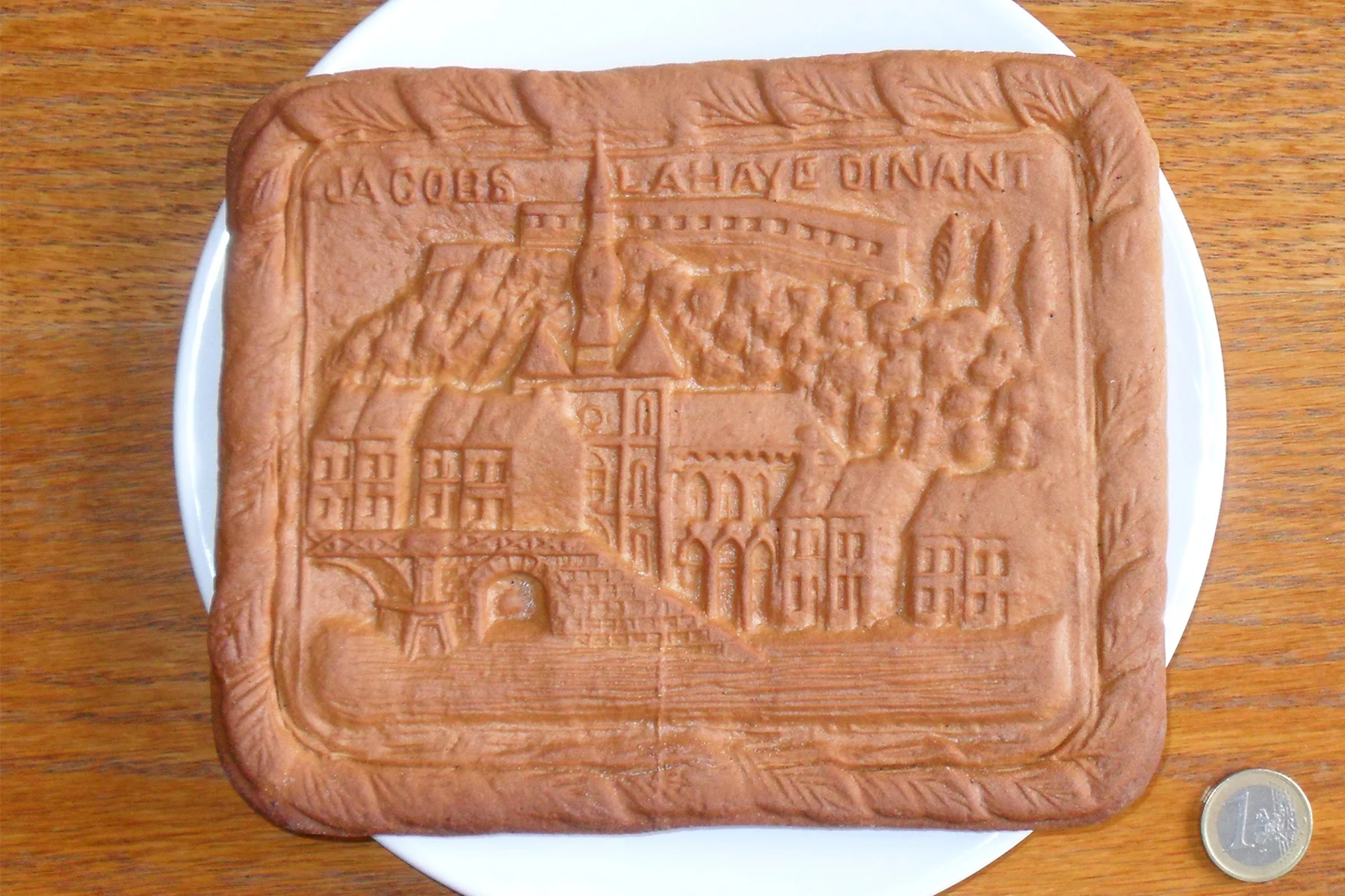
Bread of Jesus
On Christmas Day, families in the south of Belgium traditionally eat cougnou or cougnolle. Also known as the Bread of Jesus, this sweet brioche-type bread contains raisins or chocolate chips and its shape resembles a swaddled Baby Jesus.
Kings cake
On 6 January, Belgians celebrate Three Kings’ Day (La fête des Rois in French and Driekoningen in Dutch). Also known as Epiphany, this marks the end of the festive season and gives people the chance to feast on kings cake (Galette des Rois in French and Koningentaart in Dutch) from local bakeries.

Furthermore, it is tradition to hide a black bean or a small toy figurine in the middle of the cake. And whoever gets the slice that contains it becomes king – or queen – for the day. You can find out the dates of other public holidays and celebrations in Belgium in our guide.
Saint Martin’s Day goose dinner
On 11 November, some people in the east of Flanders and around Ypres celebrate Saint Martin’s Day (Saint Maarten in Dutch) with a traditional goose meal. This succulent dish is a very old tradition in many parts of Europe and a way of remembering Saint Martin – the Bishop of Tours. During this time, children also parade through the streets with paper lanterns and candles and sing songs about Saint Martin. In the German-speaking parts of Belgium, large processions also take place.
The most famous Belgian desserts
Of course, dinner wouldn’t be complete without a delicious dessert to round it off with. And fortunately, when it comes to Belgian cuisine, you certainly aren’t short of sweet options. From waffles and puff pastries to tarts and omelets that pack a punch, there are plenty of tantalizing desserts to delve into. Here are just some of the nation’s favorites.
Belgian waffles
Granted, you can enjoy the iconic Belgian waffle at any time of the day, but for many, it is the pièce de résistance of Belgian desserts. These famous, heavenly treats differ from region to region. The two most popular varieties are the gaufres de Liège (Liège waffle) and the Brussels waffle.

Slightly different cooking methods create contrasting textures. The former is denser and sweeter, while the latter is lighter and crispier. The Brussels waffle is also recognizable by its perfect rectangular shape. Luckily, you can find both varieties in street stands, restaurants, and tea rooms (gauferies) all across Belgium.
La dame blanche
This Belgian twist on the hot fudge sundae is certainly for those with a sweet tooth. Elegantly served in a glass bowl, it comprises vanilla ice cream, a fresh whipped cream topping, and cherries. It is then drizzled in a special warm sauce au chocolat of heavy cream, bittersweet chocolate, and butter. It’s common to pair the devilishly rich dame blanche with a sour cherry lambic beer called a kriek. It is a popular after-dinner treat in many Belgian households, not to mention a staple on restaurant menus throughout the country.
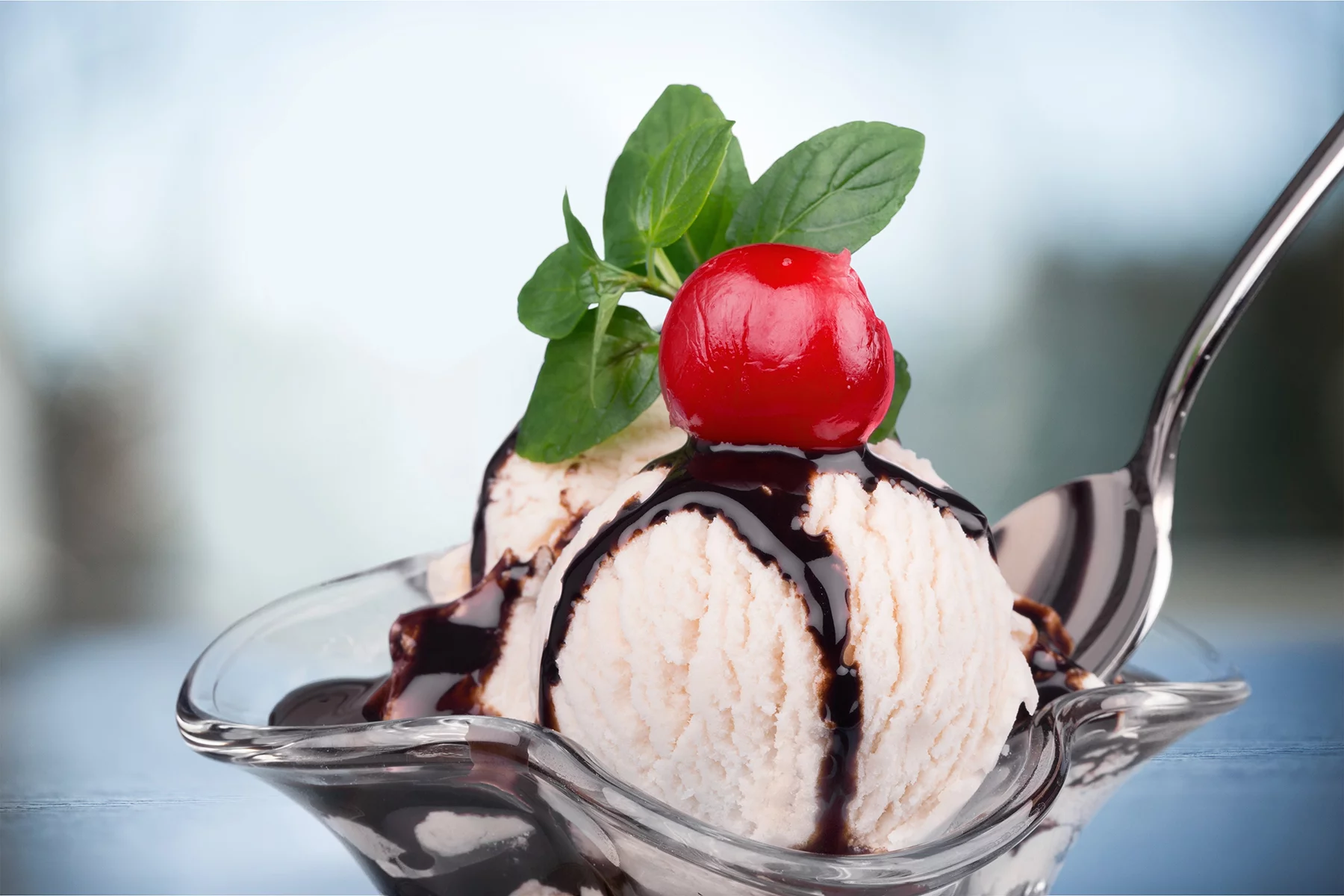
Stofé
Originating from the city of Wavre in the Wallonia region, stofé is a popular sweet cheesecake that blends together cottage cheese, bitter and sweet almonds, meringue, and sliced apples. However, the quality of the cottage cheese is really the secret to making the perfect stofé. After all, this is what gives the tasty dessert its unique flavor. Less rich than some of its chocolate and cream counterparts, it makes for a sweet ending to any meal.
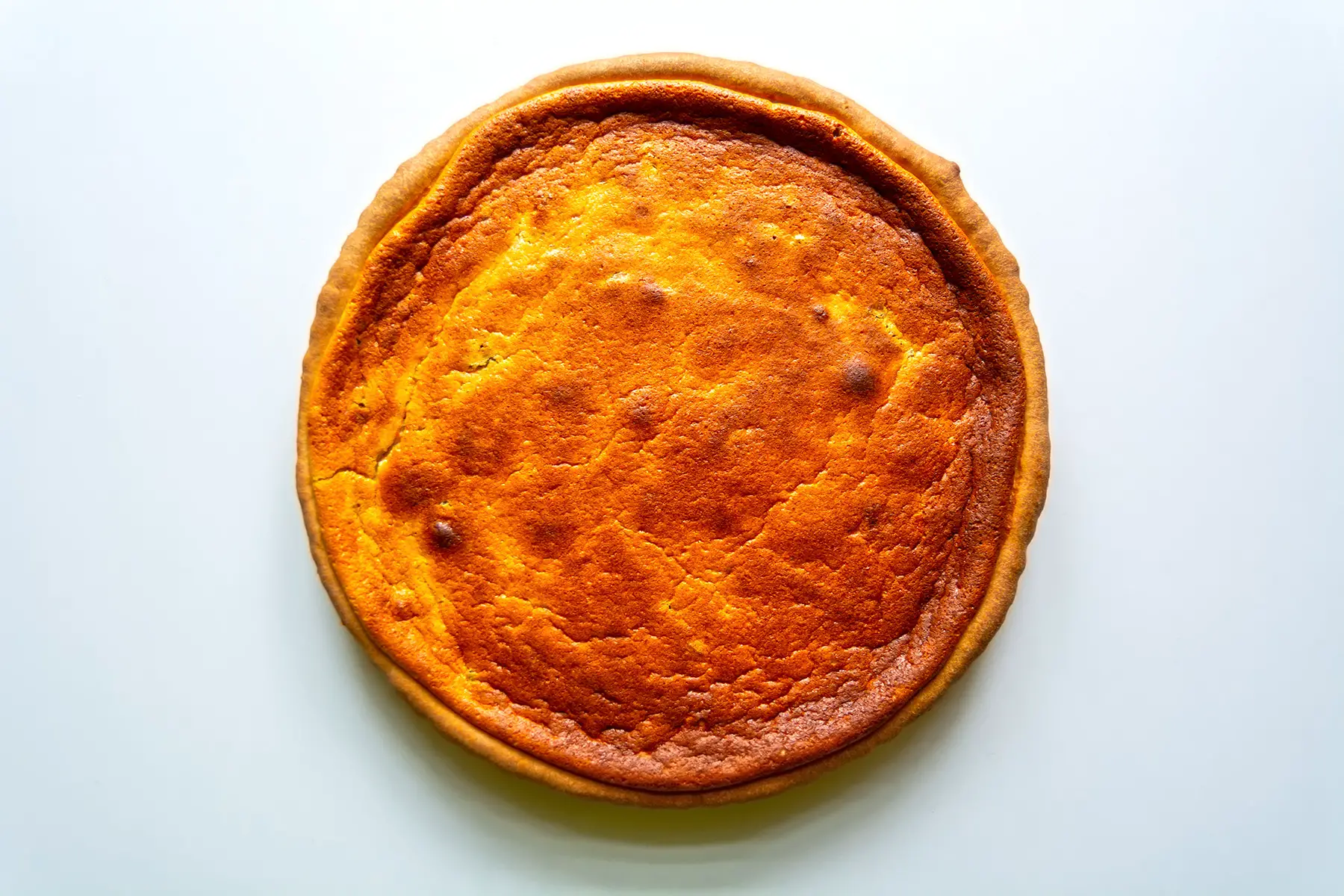
Rum omelets
Although slightly rarer than some other Belgian desserts, rum omelets are delicious nonetheless. In fact, the New York Times even referred to them as an ‘obscure hidden gem from the 19th century’. The sweet dish is made by adding a glassful of sherry rum to the omelet mix before cooking it in a shallow pan. For extra flavor, sprinkle powdered sugar over it before serving.
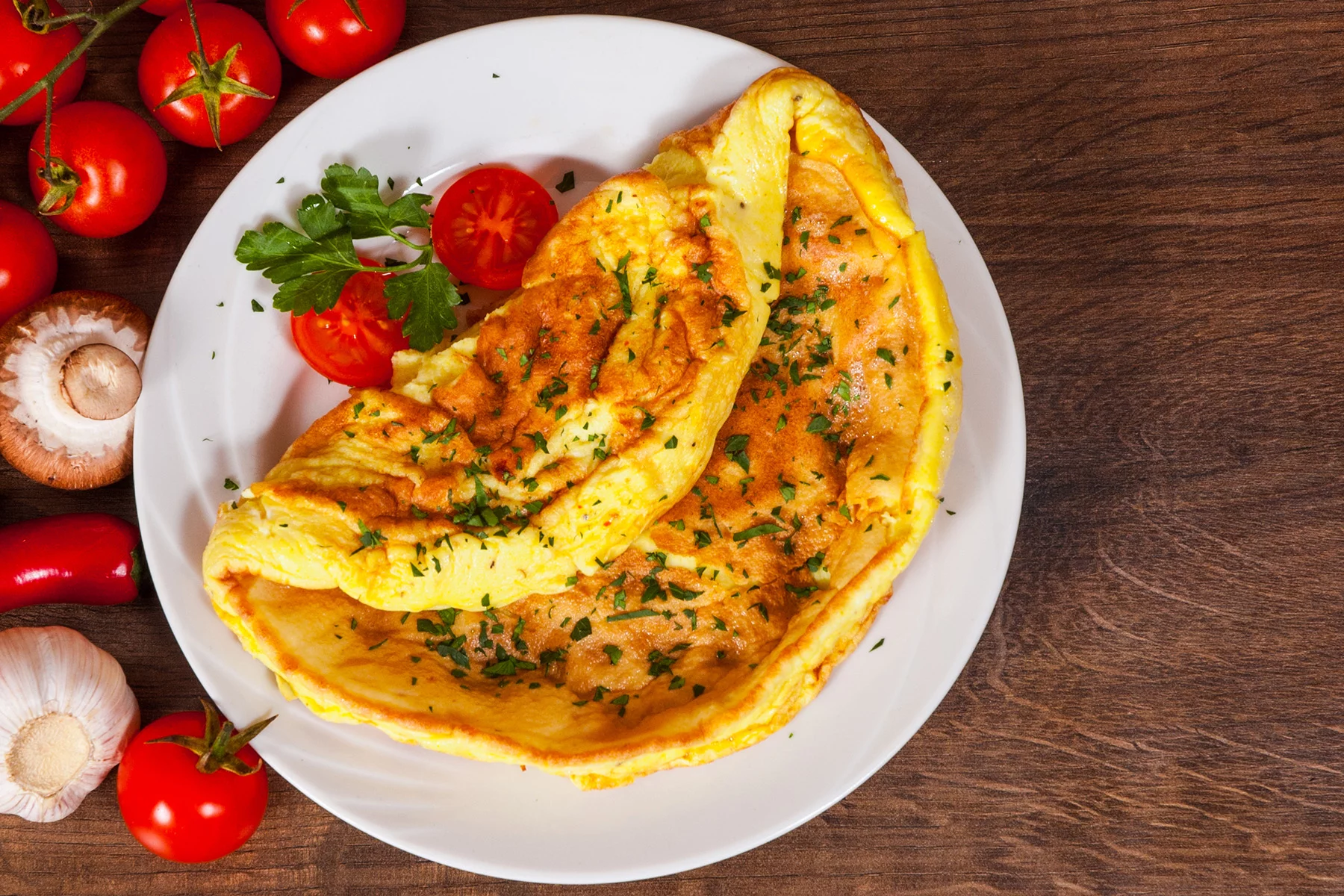
If you want to get really theatrical, however, you can set light to a big spoonful of rum, pour it over the omelet, and watch it ignite. That’s certainly one way to impress your dinner guests if you’re cooking at home.
Now that you’ve learned about some of the culinary delights of Belgium, you may be wondering how moving abroad affects your digestive health. According to the Allianz Care Expat gut health survey report, many internationals find they need to adapt to eating out more, cooking less, and trying new ingredients. These changes can lead to digestion issues and increased gut-related symptoms.
The survey, which took responses from 3,000 expats of several different nationalities and resident countries, revealed that 77% reported a negative impact on their daily lives due to digestive symptoms. Additionally, expats often eat more processed and convenience food than in their home country, and find it difficult to source familiar ingredients. The insights in the report can help you enjoy your new country’s cuisine while maintaining a healthy digestive system.
Useful resources
- Visit Flanders – discover more delicious Flemish dishes along with recipes to try at home
- Taste Atlas – delve deeper into some of the most popular dishes in the Walloon region of Belgium
- Sally’s Place – read more about the history of Belgian cuisine




